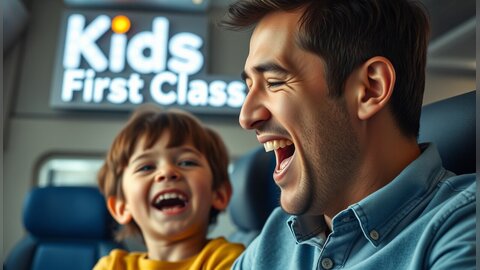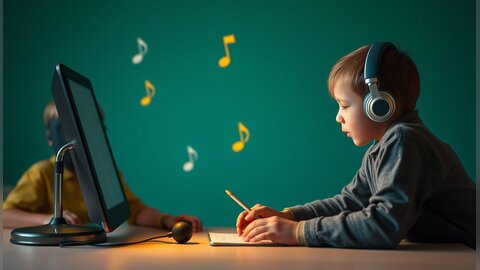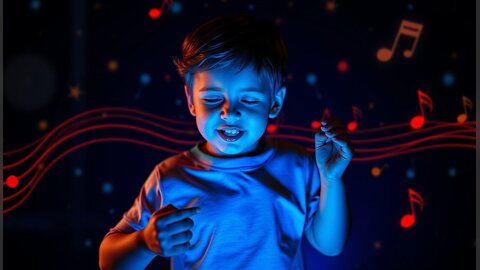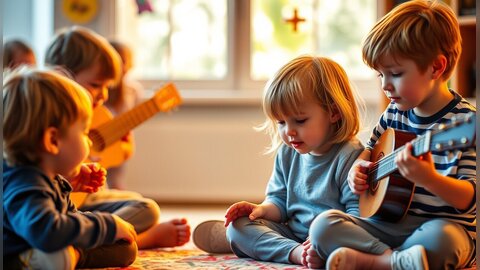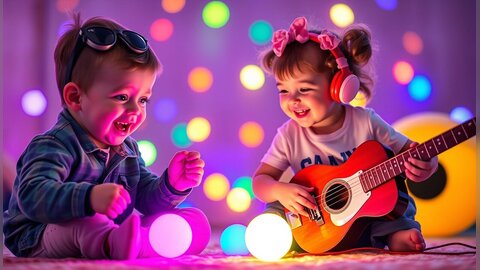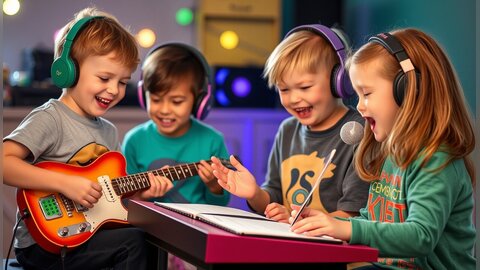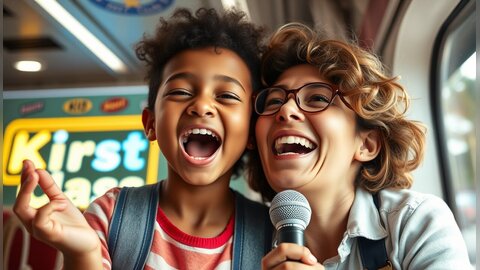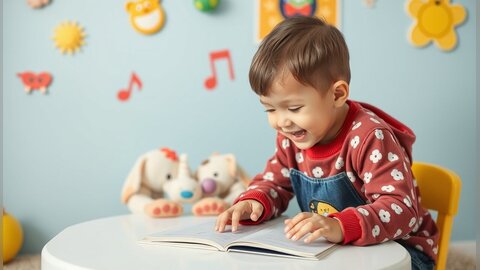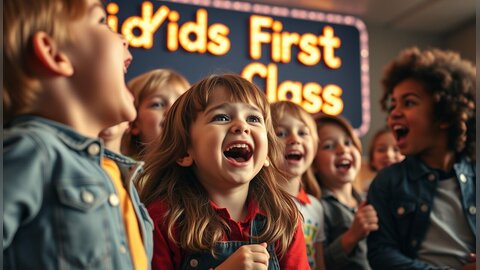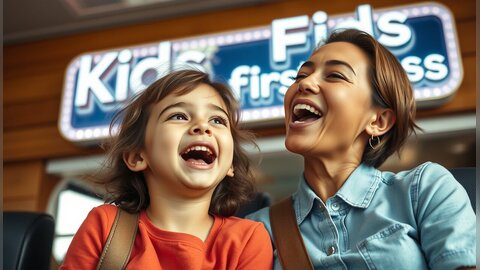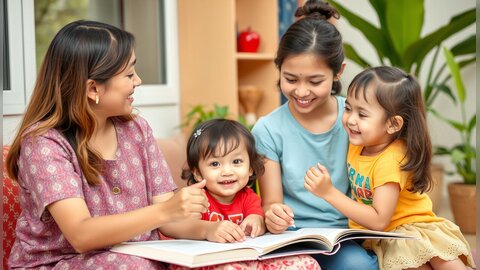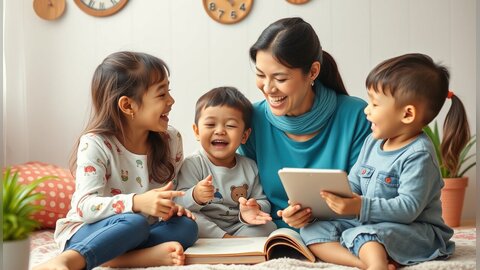About Kids First Class
Kids First Class is the smartest, most scientifically grounded way to unlock the full learning potential of children aged 1 to 4 — during the years when their brains are most ready to grow.
A — Attention
Music Builds Longer Focus in the Shortest Attention Spans. When toddlers sing, their attention is guided by rhythm and structure. Songs train the brain to anticipate what comes next, naturally lengthening engagement. Focus becomes a byproduct of joy and pattern — not pressure.
B — Bonding
Singing Together Creates the Strongest Parent-Child Learning Connection. Shared music releases oxytocin, deepening trust and attachment. This emotional bond becomes the foundation for motivation and learning. Children who feel connected are more open, expressive, and eager to grow.
C — Critical Window
The 1-to-3 Age Range Is Nature’s Fastest and Most Powerful Learning Phase. Neural connections form at lightning speed during these early years. Every sound, rhythm, and interaction leaves a permanent imprint. Starting strong now shapes intelligence for life.
D — Dance-Learning
Moving the Body Activates the Brain in Ways Sitting Never Can. Physical motion stimulates memory, focus, and motor coordination. When toddlers move to music, learning becomes whole-brain and full-body. Energy becomes attention — and movement becomes mastery.
E — Emotional Safety
Joyful Learning with a Loved One Becomes Deep, Lasting Memory. Positive emotions open the brain for lasting retention. Singing with a parent creates an atmosphere of security, fun, and trust. When learning feels good, it goes deeper.
F — Fluency
Toddlers Can Learn Three Languages Before Age Four Through Song. Melody separates language systems effortlessly in the brain. Repetition in song builds pronunciation, rhythm, and comprehension. The multilingual mind forms early, naturally, and joyfully.
G — Genius Isn’t Genetic
It’s Musical, Emotional, Repetitive, and Taught Early. Early input shapes brain architecture more than DNA. Songs provide the structure for higher thinking — in any child. Genius is grown, not born.
H — Habit Formation
Songs Hardwire Learning Behaviors That Last for Life. Daily musical routines create automatic brain patterns. These habits of language, memory, and focus stick for years. Learning becomes a rhythm the mind keeps playing.
I — Intelligence by Rhythm
Melody and Repetition Build Vocabulary, Comprehension, and Expression. Rhythm teaches timing and flow, essential for speech and reading. Melody adds structure, making complex ideas easier to remember. Repetition turns sound into language — effortlessly.
J — Joyful Repetition
Singing the Same Song Again and Again Makes Kids Smarter. Each repetition strengthens the neural pathway. What may sound simple is actually advanced mental training. Repeated joy becomes deep learning.
K — Kinesthetic Learning
Moving While Learning Supercharges Memory and Confidence. Children remember better when they move while learning. Physical motion integrates sound, rhythm, and coordination. Confidence grows as body and brain work as one.
